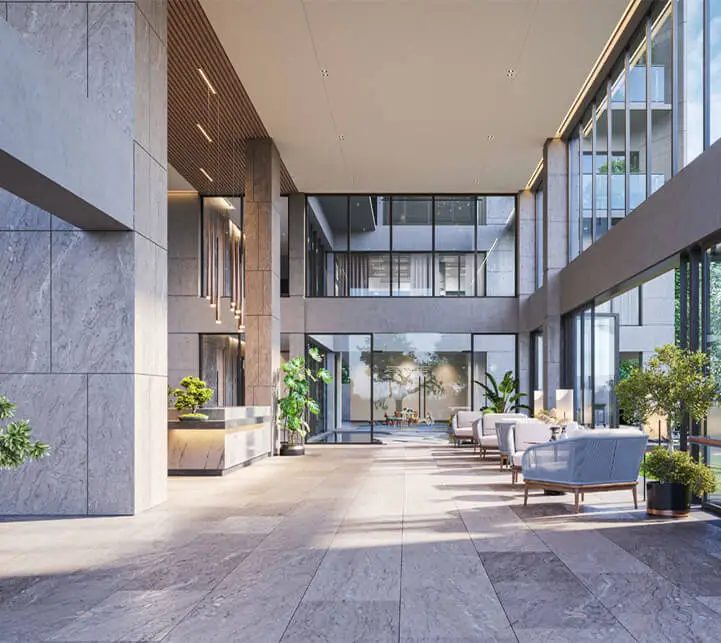How Long can you survive without air? Well, it does vary from person to person but certainly it will not go beyond even 30 minutes! Home ventilation is extremely important to maintain comfort, health, and indoor air quality in the home. Without proper ventilation, air in the home becomes stagnant. Pollutants and contaminants exist at higher concentrations, and moisture levels can rise, leading to the development of mold and other health related issues like headache, Irritation of the eyes, nose, and throat, Respiratory Damages and more.
Architects and Interior Designers always ensure that the space they are designing is well ventilated. This includes all, from the bedroom, to kitchen to stairways to even the basement and garage. The right type of furniture and appliances, or the right amount of lighting can affect your physical, mental and emotional health in a positive way. The same is true for proper air flow to the extent that, it should be the most important consideration when designing your home.
There are mainly three methods that can be used to ventilate your home and they are:
- Natural Ventilation: It is the intentional introduction of the outdoor air into your home through planned openings like the windows, doors or louvers. But this type of ventilation depends on the wind pressure and thus cannot be controlled. Other factors cannot be regulated as well, like humidity or temperature or air.
- Mechanical Ventilation or Artificial Ventilation: Mechanical Ventilation is also known as forced Ventilation since, in some buildings, natural ventilation is insufficient or impossible, so mechanical ventilation system must be introduced. This type of ventilation may include supply fans, exhaust fans etc.
- Mixed-mode Ventilation: As the name suggests, it use both mechanical and natural processes. It is also known as the Hybrid Ventilation and the principle behind it is the use of mechanical ventilation when the natural ventilation flow rate is too low.
Of course, in modern times we are heavily dependent on mechanical or artificial ventilation like fans, due to its ease of use, and the importance of natural ventilation in building is often neglected. Through natural ventilation fresh and natural air enters your home, it also prevents growth of parasites and molds and it can reduce the cost too. Thus, it is always wise to use the Mixed-mode Ventilation.
So, when mechanical ventilation is necessary, it can be implemented and for that let us explore some of the most familiar types of mechanical ventilation:
- Circulation Type: This type of Ventilation causes internal air movement or circulation, but fresh air is not introduced. The most well-recognized example is the ceiling fan.
- Pressure Type: Fresh outside air is blown into the building by inlet fans, creating a higher internal pressure than the outside air.
- Vacuum Type: In this type of system the stale internal air is extracted from the building by an exhaust fan, creating lower pressure inside the building than the outside air.
- Balanced System: It uses both inlet and extract fans, maintaining the internal air pressure at a similar level to the outside air and so reducing air infiltration and draughts.
- Local Exhaust System: that extracts local sources of heat or contaminants at their source, such as cooker hoods, fume cupboards and so on.
Ventilation in Home design is a broad topic to cover and there are numerous resources both online and offline covering this topic. There are design principles followed by architects to make a home well-ventilated. In the next sections we will cover all these topics including Cross Ventilation and its Benefits.


